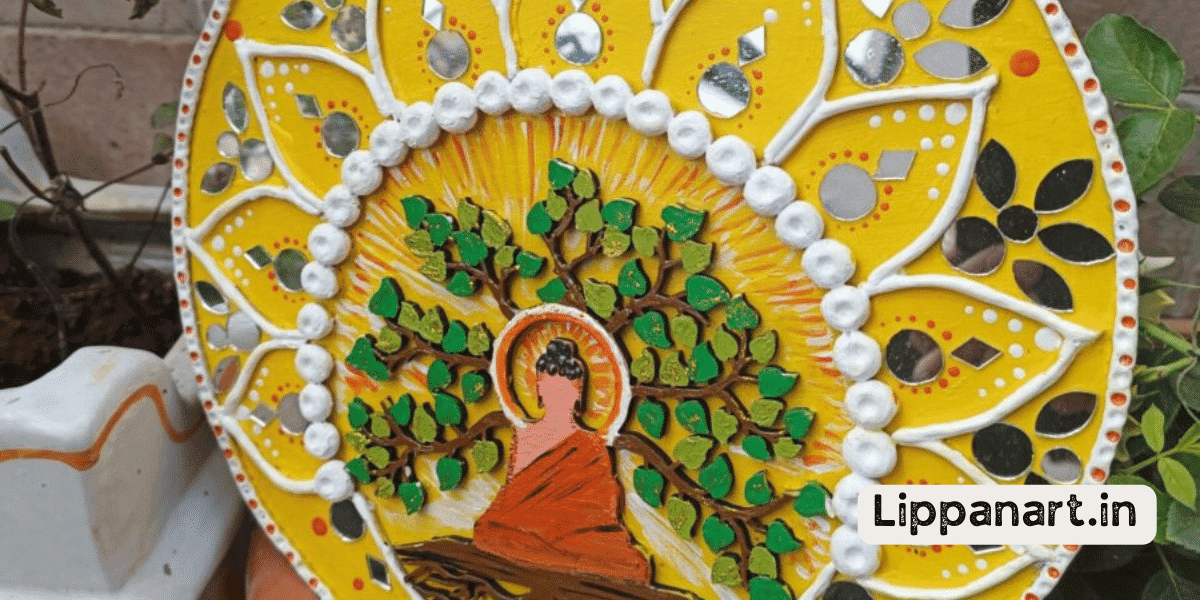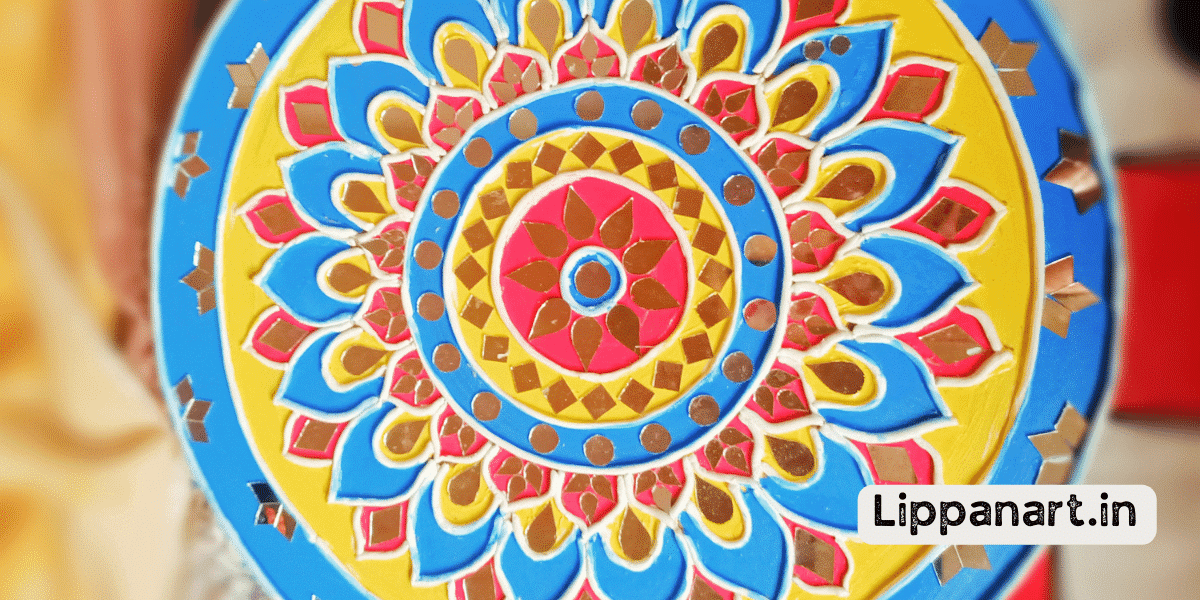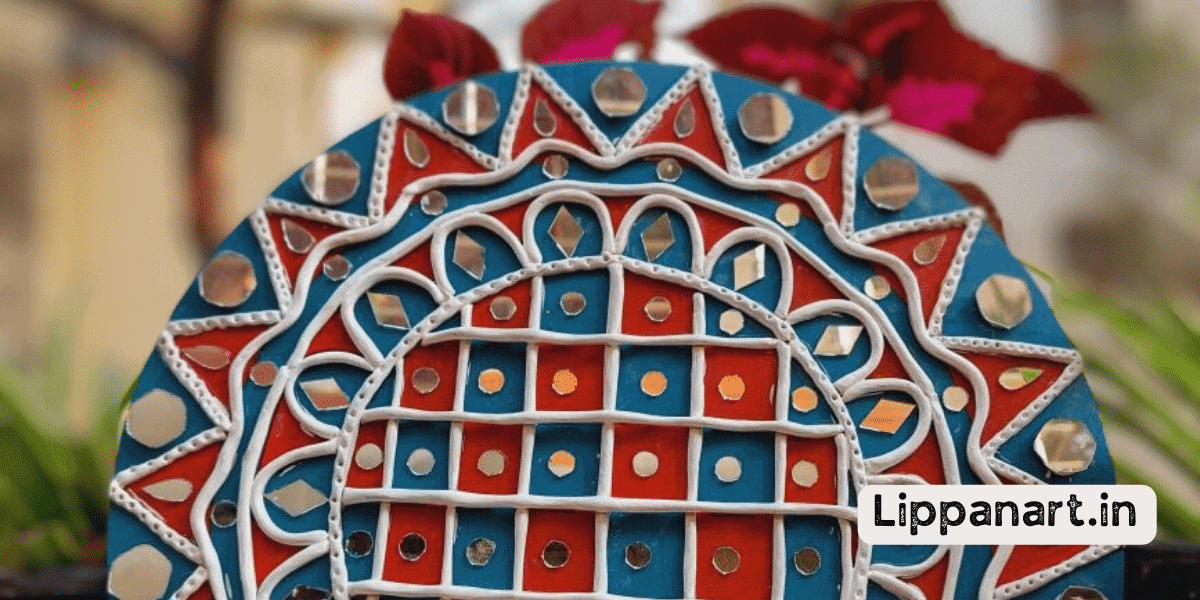Curious about encaustic art? This ancient technique has been perfected over centuries and is now embraced by modern artists.
Get ready to dive into this unique medium as you discover the definition and origin of encaustic painting, the properties and advantages of wax, the techniques and methods, and the historical significance and influence of encaustic art.
So, let’s take the plunge and explore this fascinating art form together.
Key Takeaways
- Encaustic painting is a technique where pigments are mixed with hot liquid wax.
- Encaustic wax offers a brilliant and attractive effect, allowing for elegant and expressive brushwork.
- Modern heating methods have improved the encaustic technique, but maintaining the appropriate temperature for the wax is a challenge.
- Encaustic painting has a rich ancient history, dating back to the Greeks, and has influenced various art movements throughout history.
Encaustic Art: Definition and Origins
You can learn more about the ancient art of encaustic painting and its history of use by the Greeks. Encaustic painting is a technique in which pigments are mixed with hot liquid wax, allowing the paint’s consistency to be altered by adding resin or oil. It’s usually applied to wooden, plaster, or canvas surfaces and heated with a heating element to create a uniform film. This method was popularized in the 4th century BCE and is still used by many artists today.
The advantages of using an encaustic medium are that it offers a brilliant and attractive effect, allowing for expressive brushwork and similarities to oil painting. This provides great scope for artistic creativity but poses some practical difficulties due to using a warm medium.
Modern heating methods have improved the encaustic technique, giving artists more control over the wax and the ability to incorporate different additives for desired effects. Burning in colours is an important step in the encaustic technique, and maintaining the appropriate temperature is challenging. Specialized tools and materials are necessary for encaustic painting, and artists must consider the long-term stability of the artwork.
Encaustic painting has a long history, reaching its peak of popularity in the 4th century BCE. This technique has influenced various art movements throughout history, and its resurgence in contemporary art has gained much attention. Artists continue to explore and experiment with encaustic techniques to create unique and captivating artwork.
Materials Used in Encaustic Painting
You can learn about the materials used in encaustic painting and how they contribute to the effects of the artwork.
Artists use a mixture of pigments and hot liquid wax to create the paint. Resin or oil can be added to alter the consistency of the paint. The support for encaustic paintings can be wood, plaster or canvas. Heat is then used to fuse the brush or spatula marks into a uniform film.
The advantages of encaustic wax include its brilliant and attractive effects and its similarities to oil paint. It also allows for elegant and expressive brushwork. However, the practical difficulties of using a warm medium can be a challenge. Artists must use great caution when using open flames or heating elements.
Modern techniques have improved the encaustic technique, allowing for better wax manipulation. Different additives can also be incorporated to achieve desired effects. Burning in colours is a crucial step in the encaustic technique, and artists must be mindful of the temperature of the wax.
Encaustic painting requires specialized equipment and materials, and it may have limitations in terms of scale and preservation. Artists must consider the long-term stability of their artwork when using encaustic wax. Despite these challenges, encaustic painting has a long and rich history and continues to influence various art movements.
Encaustic Technique: Layering and Fusing
You can learn about the techniques used in encaustic painting, such as layering and fusing. Here are some of the exciting ways to create stunning works of art with encaustic wax:
- Blending colours and textures on the surface
- Experimenting with the melting process
- Incorporating other materials into the wax
- Applying heat to shape the wax
- Creating a variety of effects with wax
Encaustic painting is an intuitive process. It involves various techniques, such as layering and fusing, to create stunning artwork.
To begin, you must choose the right materials, such as pigments, wax, and a heating element. You can then start layering and blending colours and textures on the surface, experimenting with the melting process, and incorporating other materials into the wax.
Once you have created the desired look, you can apply heat to shape the wax. This is a crucial step in the encaustic technique and must be done with caution.
Lastly, you can create various effects with wax to give your artwork a unique finish.
With the right materials and techniques, you can make truly captivating art with encaustic painting.
Historical Significance of Encaustic Art
Encaustic art has a long and rich history and has been influential throughout the centuries. This ancient technique dates back to the Greeks, who used beeswax and coloured pigments to create funeral portraits. Since then, various art movements have adopted and adapted encaustic art. The addition of Damar resin to the wax mixture has allowed for greater control of the medium, as well as increased durability.
Today, contemporary artists still explore and experiment with encaustic art. The technique involves heating the wax and pigments to create a uniform film. Artists apply the heated medium with a brush or spatula and then use a heating element to fuse the marks into a painting. Encaustic art provides a unique opportunity for artistic expression, as the wax can be manipulated to achieve a wide range of textures and effects.
The popularity of encaustic art has waxed and waned throughout time. However, the technique has maintained a place in the art world and continues to be used by modern artists. Whether it’s used to create abstract works or figurative portraits, encaustic art remains a unique and powerful medium.
Encaustic vs. Other Painting Styles
Comparing encaustic painting to other painting styles, you’ll find it offers a unique range of textures and effects. It’s a fascinating art form that uses layers of wax, a heat gun, and encaustic paint to create beautiful works of art.
Here are five reasons why encaustic painting is unique:
- It allows for a variety of textures and depth not achievable with oil paint.
- It’s a very versatile painting technique, allowing for greater creativity.
- The wax layer can be manipulated with heat, creating interesting effects.
- Use a heat gun to produce a distinct glazed effect.
- It’s an ancient form of art, with a rich history of influence.
Encaustic painting is a fascinating art form that allows for much artistic expression. From the ancient Greeks to the present day, it has been used to create beautiful works of art. If you’re looking for a unique painting technique, encaustic may be the perfect choice.
- Editor’s Choice
- Best Seller
- Amazon Choice
Contemporary Applications of Encaustic
Today, encaustic techniques are being used to create contemporary works of art. Contemporary artists have used hot wax painting to create unique and eye-catching effects, as the wax medium can be manipulated and fused to create interesting textures and shapes. The encaustic technique is also being used to create large and complex works of art, as the wax can be heated and worked on a larger scale.
The versatility of the wax medium has made it popular among modern artists. It can be used to create traditional works of art, but it’s also being used to explore new ways of expression and experimentation. Contemporary artists are finding new ways to incorporate the encaustic technique into their work, creating abstract and multimedia works.
Encaustic painting in contemporary art allows a new appreciation of this ancient technique. Artists are exploring the potential of the wax medium, creating visually striking and emotionally engaging works of art. The possibilities for contemporary encaustic art are seemingly endless, and the future of the technique looks promising.
Maintenance and Preservation of Encaustic Art
You need to take care to maintain and preserve encaustic art. To ensure its quality, the waxes mustn’t be allowed to melt, and heated tools mustn’t be used directly on the wooden surfaces.
Here are five tips to help you maintain and preserve encaustic art:
- Keep the artwork away from direct heat sources.
- Never use solvents, water, or other materials on the wax surface.
- Apply a protective layer of beeswax or damar resin.
- Clean the artwork with a soft cloth and mild detergent.
- It is recommended to store the artwork in a cool and dry location to ensure its preservation. Please avoid storing it in a damp or humid place.
Following these steps will help you keep your encaustic art in top condition and protect it from damage. If the artwork does become damaged, you can use encaustic repair techniques to restore it.
Taking the time to properly maintain and preserve your encaustic art will help you enjoy it for years to come.
Famous Artists and Their Encaustic Works
Have you heard of any famous artists using encaustic art in their work? Encaustic art has been around for centuries, and many famous painters have experimented with the technique.
| Artist | Work |
| Pausias | 4th Century BCE Greek genre paintings |
| Pablo Picasso | 20th Century cubist oil and encaustic paintings |
| Jasper Johns | 1950s abstract encaustic works on wood panels |
These artists used a heat source to fuse pigments with wax, creating beautiful works of art. Pausias was the first to perfect the technique. Pablo Picasso used encaustic and oil painting to create his cubist works. Jasper Johns created abstract works on wood panels in the 1950s.
The use of encaustic art has increased in popularity in recent times. It offers unique features and advantages over other painting techniques, such as the ability to create vivid colours and intricate details. Encaustic art is a great way to add texture and depth to artwork.
Exploring Creativity in Encaustic Art
With its versatility and unique properties, encaustic art allows you to express your creativity in a variety of ways:
- Add vibrant colours to your work
- Create intricate images and patterns
- Layer in a way that no other form of painting can
- Explore the effects of combining previous layers
- Use the wax to build up textures and details.
Encaustic art is an appealing medium to explore, as it allows you to combine the fluidity of paint with the physicality of wax. Colours can be mixed and blended, and the artist can manipulate the wax to create various effects. Images, patterns, and textures can be built up in layers, allowing for a rich and dynamic artwork. Working with encaustic wax also allows the artist to explore the effects of combining layers in new and exciting ways.
The history of encaustic painting is inspiring, and it continues to influence artists today. With encaustic art, you can create something unique and personal while still engaging with a traditional form of painting. Whether you are a beginner or a professional artist, encaustic art can be a great way to express yourself and explore creativity.
Encaustic Art in Modern Art Movements
In recent years, encaustic art has made a resurgence in modern art movements, becoming a popular choice for many contemporary artists. Encaustic painting is a technique that originated in ancient Greece and is still in use today. It involves mixing pigments with hot liquid wax. This medium allows for expressive brushwork and brilliant colours, similar to oil paints. Heat lamps and other tools are used to manipulate the wax. Many portrait painters use encaustic art as the medium that enables them to capture subtle emotions.
The technique of encaustic painting has been embraced by modern art movements, especially due to its versatility and beauty. Many encaustic artists are inspired by the Greek painters who perfected the craft, such as Pausias in the 4th century BCE. The most famous example of encaustic art is the mummy portraits from the Fayum region of Egypt. These are some of the earliest surviving paintings of their kind, and the work still captivates viewers today.
Encaustic art is seen in contemporary art galleries as well as in public spaces. It’s an attractive choice for many artists, allowing them to create bold statements and vivid pieces. The wax can be used to capture a variety of textures and effects. It’s also a practical choice, as the work is relatively easy to maintain.
Conclusion
Encaustic art is the ultimate form of expression for any artist. It’s an ancient medium that has been perfected over centuries and is full of possibilities. From layering and fusing to exploring creativity, encaustic art has something for everyone.
It’s no wonder that so many famous artists have used this amazing medium to create some of history’s most beautiful works of art. Encaustic art truly is an art form like no other, so don’t miss out on the opportunity to experience it for yourself!














